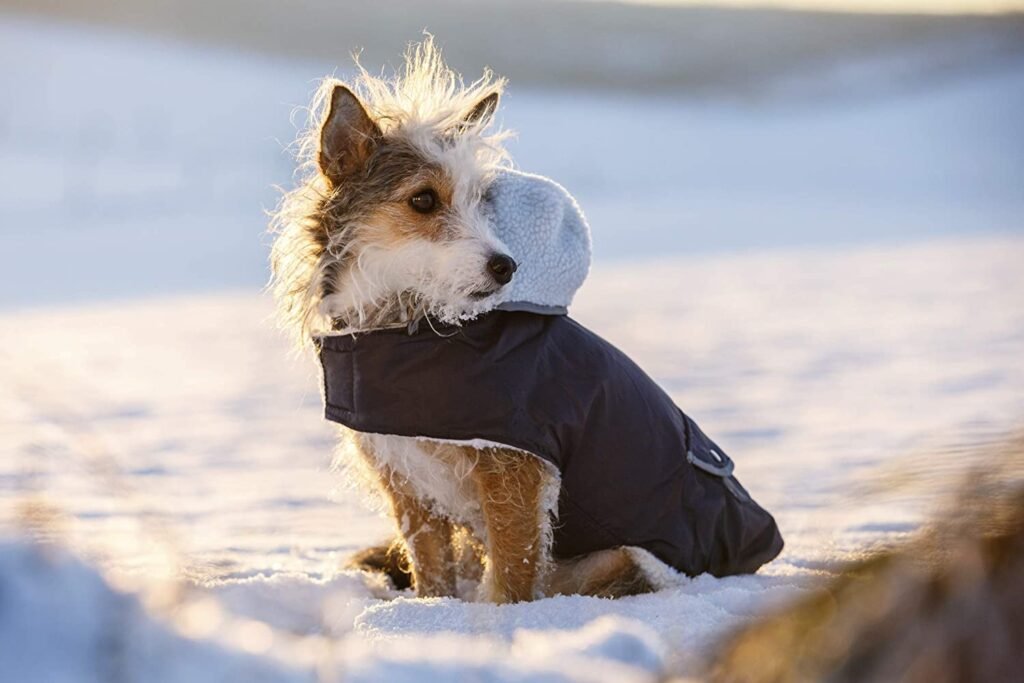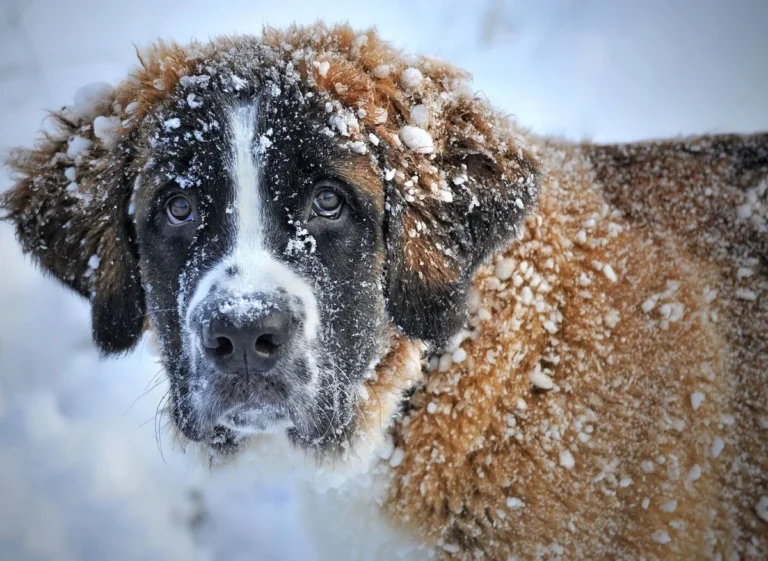Cold-Weather Dog Breeds: If you live in a colder climate or are really into winter sports, then it makes sense to get a cold-weather dog who can cope well with winter.
Table of Contents
To help you get your search started, here are 11 cold-weather dog breeds that are considered to be trending breeds who absolutely deserve a natural dog treat after a romp in the snow.
List of 11 of the Best Cold-Weather Dog Breeds
Siberian Husky
The quintessential sled dog, Siberian huskies are high-energy pack animals that do well in cold weather. They do shed somewhat, especially in warmer climates or during summer. You can expect to spend a lot of time exercising them as well. They were bred to be working dogs and have a lot of stamina as a result. If you want an active dog to join you on your outdoor winter adventures, huskies are an excellent choice.
Alaskan Malamute
Alaskan malamutes are bigger and stronger than huskies, but they aren’t as social, so they are less of a pack animal. As the name suggests, they originally hail from Alaska, where they were bred as freight dogs. They have long, coarse coats to protect them from snow and cold weather and usually weigh between 75 and 85 pounds (most huskies top out around 60 pounds, for comparison).

Saint Bernard
This gentle giant can weigh between 120 and 200 pounds and has a thick coat to keep them warm in winter. Unlike some other big dogs, Saint Bernards aren’t usually very high energy, so they may not be the best choice for very active people looking for an active companion. However, Saint Bernards make great choices for families due to their patience and understanding nature.
The Great Pyrenees

As the name suggests, Great Pyrenees were originally bred for herding sheep in the Pyrenees Mountains in between France and Spain — not to mention rather large, easily weighing between 85 and 100+ pounds. They are known for being gentle with kids and loyal to their owners, so they make good family dogs. However, due to their herding background, they do best with lots of space, as well as training and socialization to keep those instincts in check.
Shiba Inu
If you’re looking for a smaller cold-weather dog, then a Shibu Inu could be a great choice for you since they usually weigh between 15 and 25 pounds. While they may be smaller, they are very playful, courageous, and vocal. They also have adventurous personalities and were originally used for hunting in Japan. They are also very independent, which has led some people to call them the “cats of the dog world.”

Newfoundland
Newfoundlands are another gentle giant breed that also makes a great family dog. They are known for being protective yet friendly and gentle, making them good with kids. Newfoundlands hail from their namesake region of Canada, where they are still used in water rescues today — thanks to their thick coats and excellent swimming skills. Just make sure that you’re ready to clean up their drool because they produce a lot of it.
Akita
Akitas are another Japanese cold-weather breed, but they are much larger than Shiba Inus, weighing up to 85 pounds. They were originally only owned by the Japanese royal family, and are known for being extremely loyal to and protective of their owners. They are very strong-willed and independent and require lots of proactive training to keep those tendencies in check. They also aren’t the most social and may not get along with strangers or other dogs.
Samoyed
Originally bred as working dogs in wintry Russia, these playful, high-energy dogs are known for their stark white coats. Because of the way their coat shows dirt and debris, Samoyeds do require constant grooming to keep them looking good. They also require a lot of physical activity to tire them out and burn through all their energy. They need a lot of attention to fend off separation anxiety.

Chow Chow
Chow chows have a very distinct ruff that many compare to a lion’s mane, as well as a unique blue-black colored tongue. The breed originates from ancient China, where they guarded temples in the freezing Northern Steppes region. Chow chows have a thick coat and can easily overheat in warmer climates, so they need to live in cooler climes. They are lower energy compared to some other breeds on this list, making them a great house dog. They will happily entertain themselves with a dog bone or watch TV with you. However, they can be aloof with both other people and pets, so keep that in mind.
Finnish Lapphund
Nicknamed “Finnies,” this breed originates from the Nordic tundra of Lapland, where they helped to herd reindeer. They have a double coat like many other dogs on this list, as well as a curved tail that helps to fend off the snow. Finnies are energetic, friendly, and companionable. However, they also shed a lot and can be very vocal, so be prepared to brush them often and deal with lots of barking.
American Eskimo Dog
Similar in appearance to a Samoyed, American Eskimo Dogs are much smaller, weighing 18-35 pounds vs. the Samoyed’s 45-65 pounds. Thus, American Eskimo dogs are a better choice for home dogs and smaller apartments. They come from Germany and were originally called the German Spitz, but the breed’s name was changed after World War II. Despite their smaller size, their dense white coats still keep them warm in colder weather.
There are actually many different cold-weather dogs out there in all sizes and personalities. This list is only a starting point! Be sure to do plenty of research and meet different breeds before deciding on your ideal cold-weather dog breed. Good luck choosing the perfect cold-weather dog for your lifestyle and location!

